Last updated on April 21, 2024
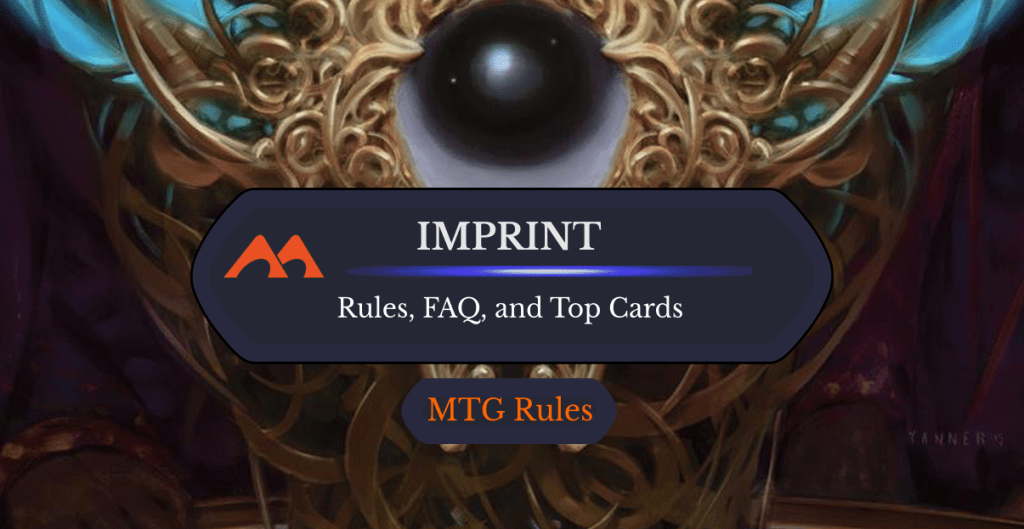
Chrome Mox | Illustration by Kieran Yanner
Imprint is the complicated older cousin of cipher, which is itself a pretty complicated mechanic. It’s one of Mark Rosewater’s “all-time favorite mechanics,” but it has thus far topped out at 27 cards, which means its overall popularity and/or design space seems to have reached its cap.
But it’s on some much-played powerful cards that have seen reprints in Masters sets as well as recent Commander decks, and a new imprint card appeared in Modern Horizons 2. Finally, with the potential conclusion of the Phyrexian story arc looming, will we see imprint’s return to Standard?
Let’s see if we can figure out how these cards work!
How Does Imprint Work?
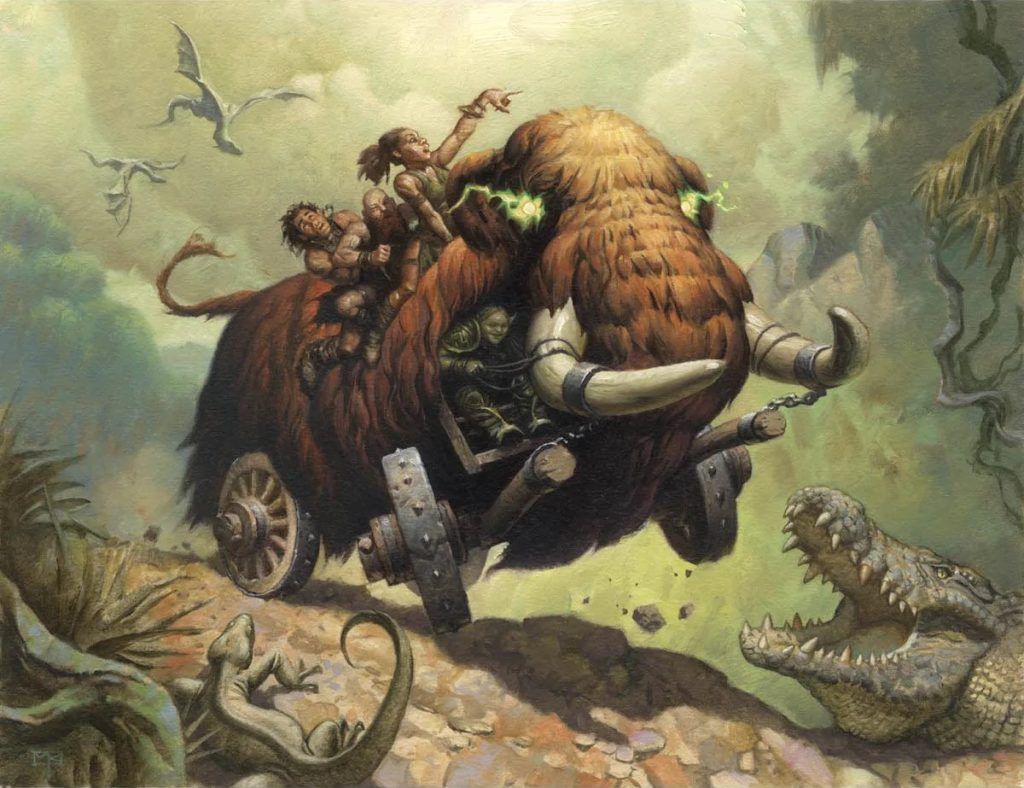
Dermotaxi | Illustration by Mark Zug
Imprint is an optional trigger when casting the permanent, usually an artifact. The caster usually has the option on casting to exile a card from their hand. That card is then imprinted on the permanent. That imprinting can either care about something simple, like the color of the exiled card, or something more complicated, like allowing the permanent to cast a copy of the exiled card.
Sounds like a lot? Just wait.
Here are a few more wrinkles. This ability also shows up on creatures and enchantments. For imprint cards with an ETB trigger, those are sometimes optional and sometimes not. Depending on the rules text of the card, the exiled card can be in your hand, the battlefield, or a graveyard. The imprint trigger can also be a static ability on the permanent once cast, and those triggers can be automatic in response to an event or by the controller’s choice, or even as a tap ability.
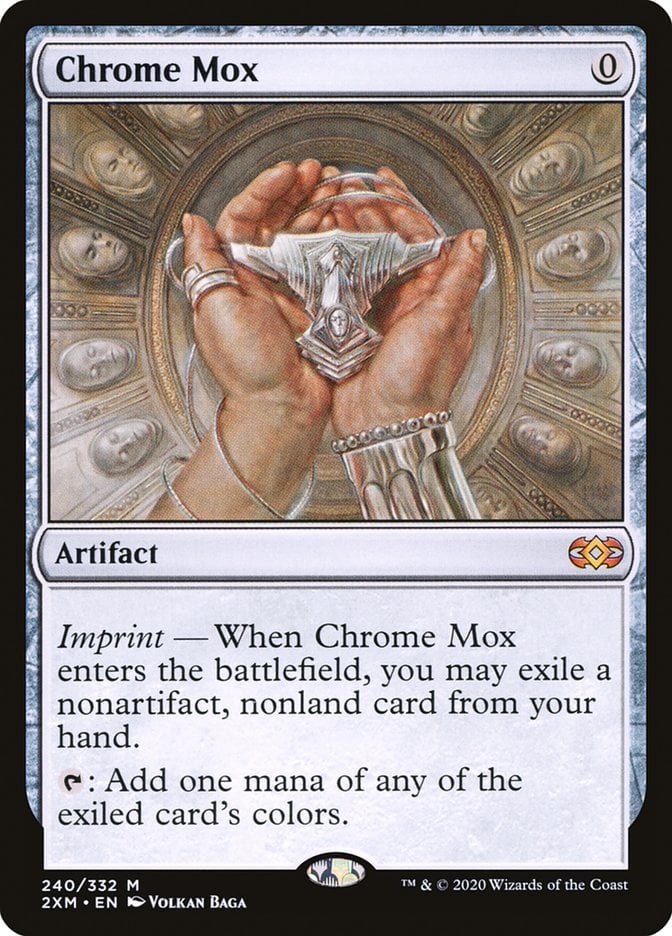
If that seems like too much, just keep calm and take a look at Chrome Mox for a second to see why you might want to bother with this effect.
Okay. Ready for more? Let’s go!
The History of Imprint in MTG
Imprint was one of the key mechanics of the plane of Mirrodin. It started on nine artifact cards in the artifact set, Mirrodin, in 2003. Three more were in Darksteel, the follow-up in the block format in early 2004, and Fifth Dawn wound that block down with only one imprint card.
It came back with the return of the Mirrodin plane in 2010's Scars of Mirrodin with five cards. The follow-up set, Mirrodin Besieged, had another two. And the final set in that block, New Phyrexia, had three, but those three were the first to add the ability to non-artifact cards.
Modern Horizons 2 added one more with Dermotaxi.
What Does Imprinting Mean?
When a card or aspects of a card are imprinted onto a permanent, that permanent is altered in some way as long as the card exiled for the imprint remains in exile.
Chrome Mox can tap for the color of the imprinted card, Semblance Anvil reduces the cost of spells that share a type with the exiled card, Soul Foundry can tap to make token copies of an exiled creature card, etc.
Is Imprint a Triggered or Activated Ability?
Imprint can be either a triggered or activated ability depending on the card. Cards like Phyrexian Ingester trigger on ETB while cards like Death-Mask Duplicant have activated imprint abilities.
Can You Respond to Imprint?
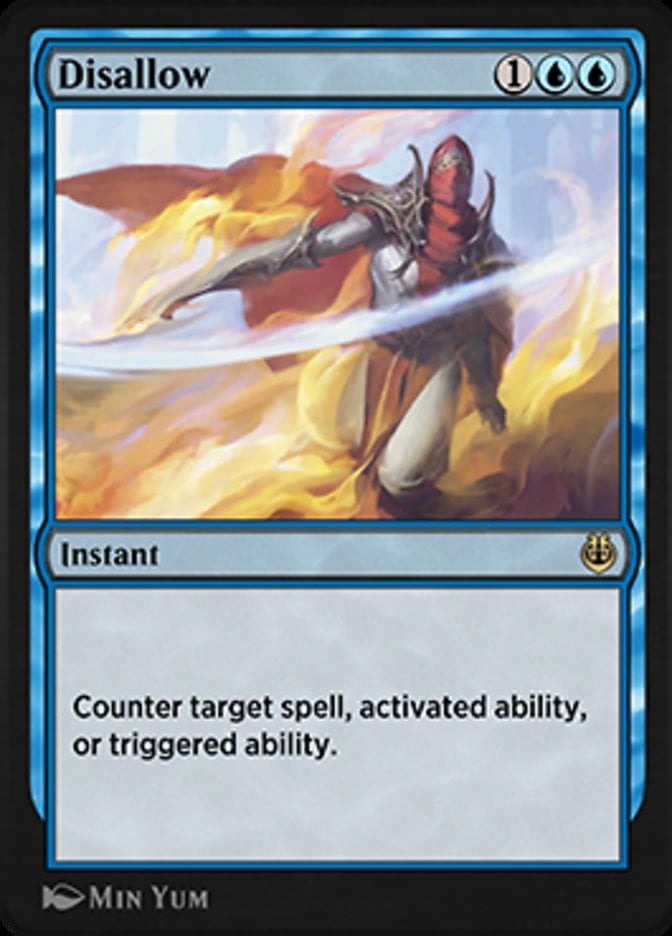
As a triggered or activated ability, imprint can be responded to with Disallow-style effects. And, obviously for imprint cards that trigger on ETB, those spells can be countered before the imprint ability even goes on the stack since no imprint abilities trigger on casting.
What Happens if You Don’t Imprint?
In some ways, nothing happens when you don’t imprint.
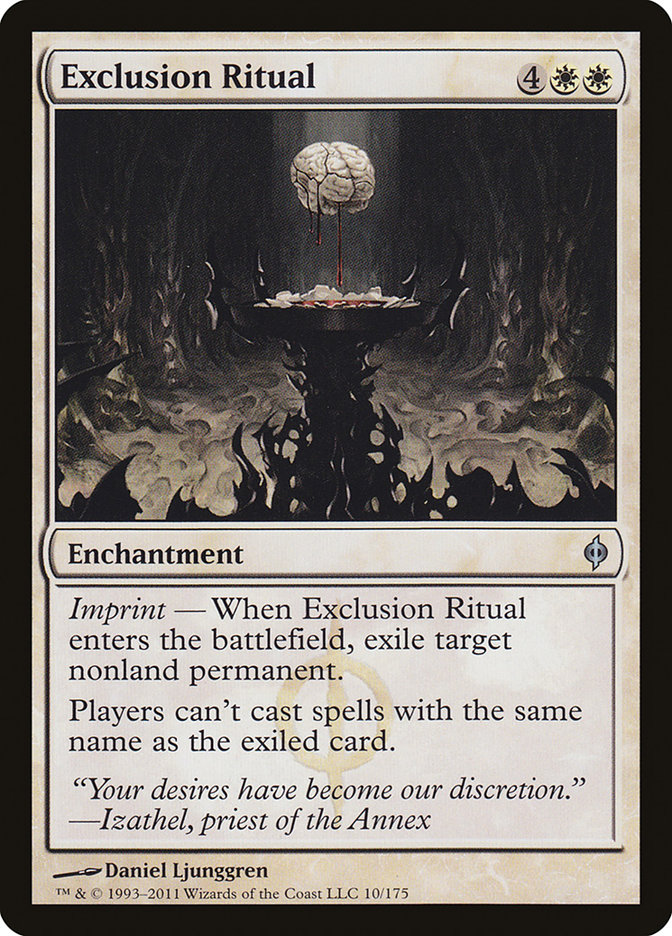
Seven imprint cards (including Exclusion Ritual) don’t let the caster choose not to imprint. But if the imprint target is removed before the Ritual resolves, the Ritual becomes a 6-mana enchantment with no abilities or effects.

For imprint cards with an ETB-only trigger that allows the caster to choose whether or not to imprint, which is 13 of the 24, the card just lacks the modification that imprint would have provided if the caster chooses not to imprint. For example, Chrome Mox would just be a 0-cost artifact with no abilities.
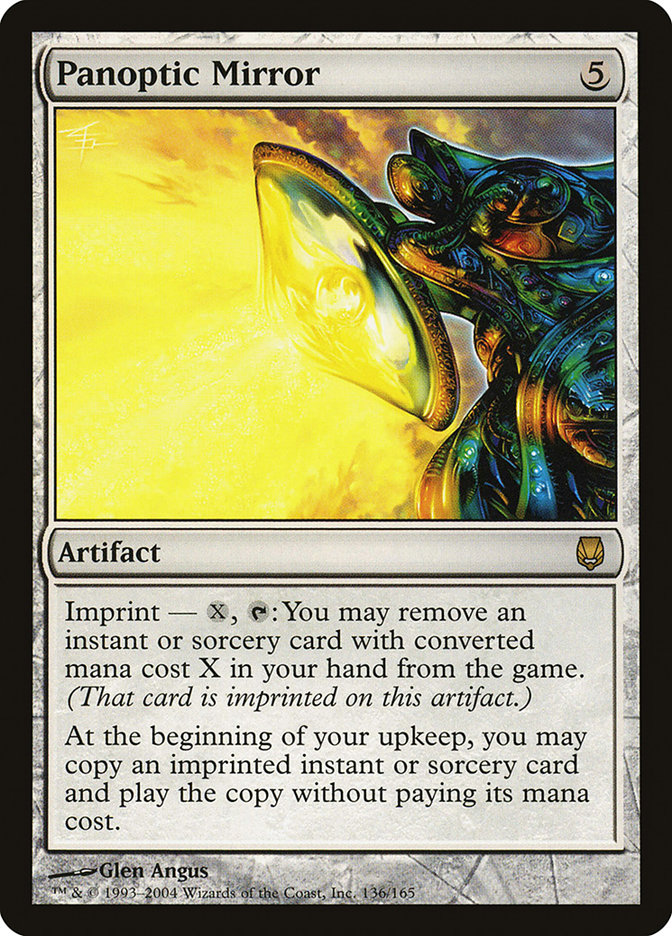
For cards with activated imprint abilities, like Panoptic Mirror, the controller can try again when they're able if the target of the imprint is removed before the ability resolves.
What if an Imprint Ability Has No Exiled Card to Refer to?

Without a card in exile to point to, the abilities granted to the card with imprint cease to exist. This would happen if an Oracle of Dust removes the card exiled by an imprint card.
What Happens if an Imprint Card is Flickered?
When the card with imprint changes zones with flicker or bounce, it returns as a different game object and loses connection to the previously exiled card or cards. But as most imprint cards have ETB effects, the card would then either automatically (or by the controller’s choice) exile another card for imprinting. This can be a good thing.
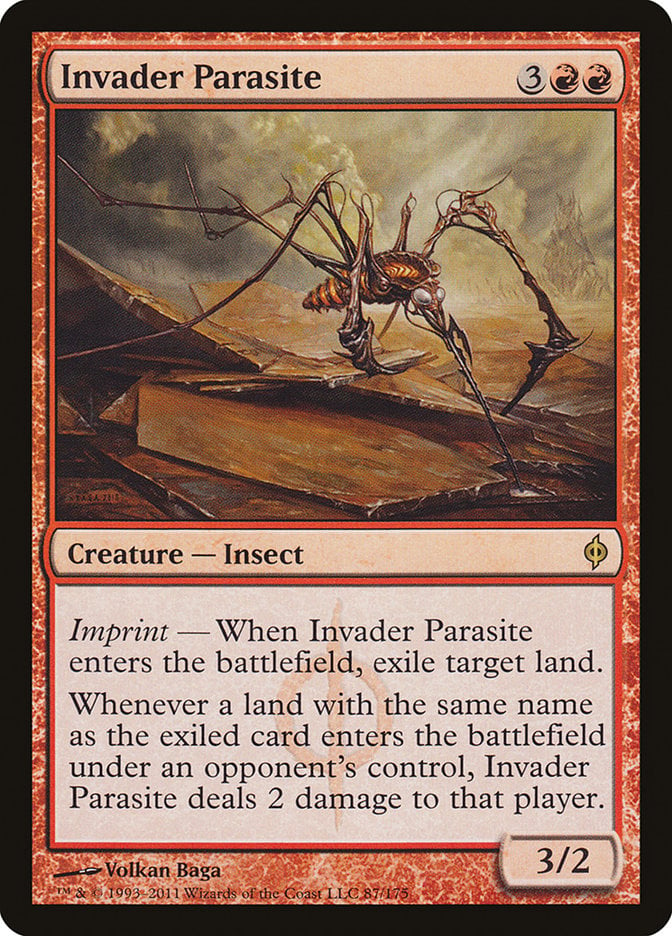
For example, flickering Invader Parasite will pick off another opponent’s land.
Can You Imprint a Colorless Card on Chrome Mox?

Yes, you can imprint a colorless card on Chrome Mox, but it won't produce any mana.
Gallery and List of Mechanic Cards

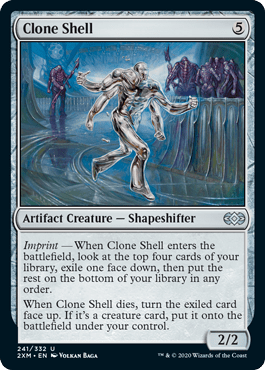
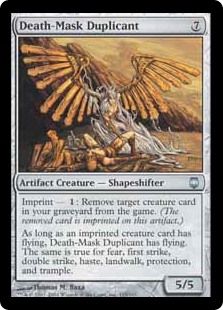
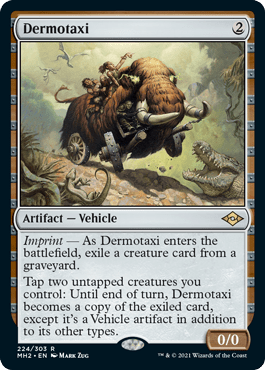
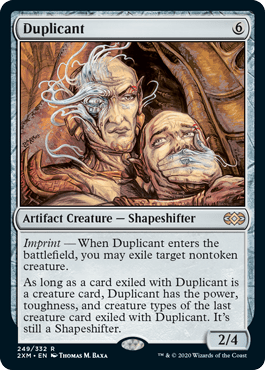
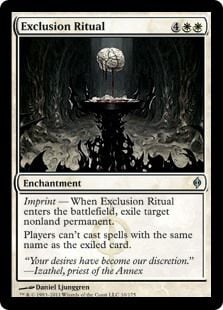
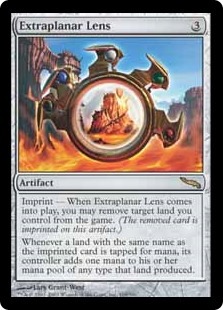
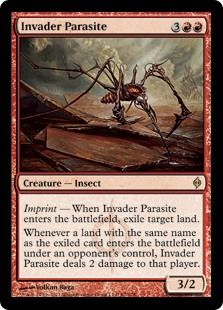
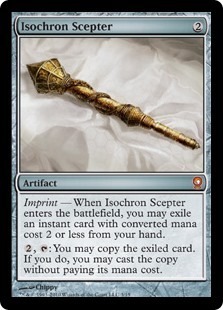
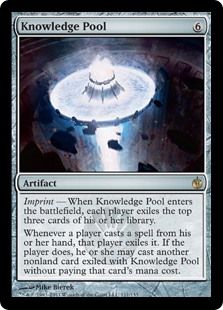

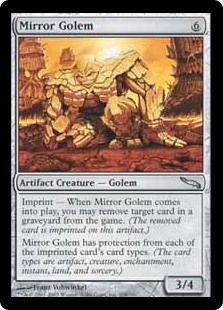
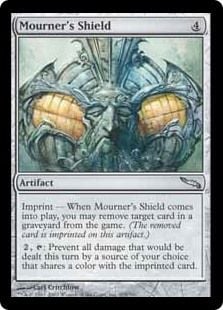
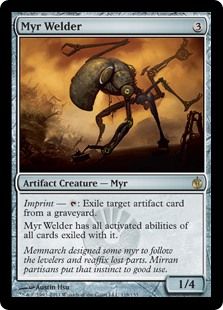
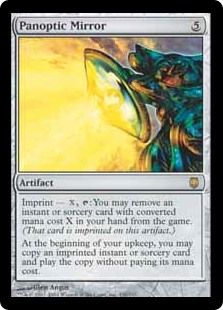

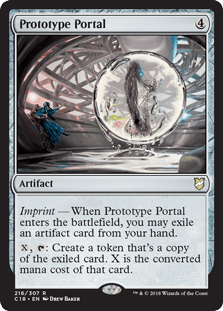
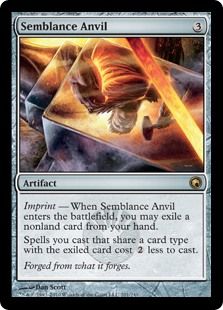



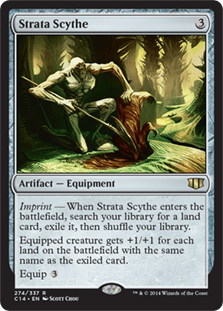

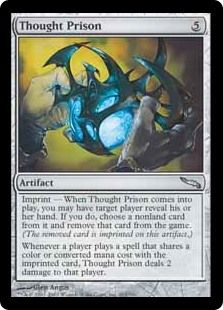
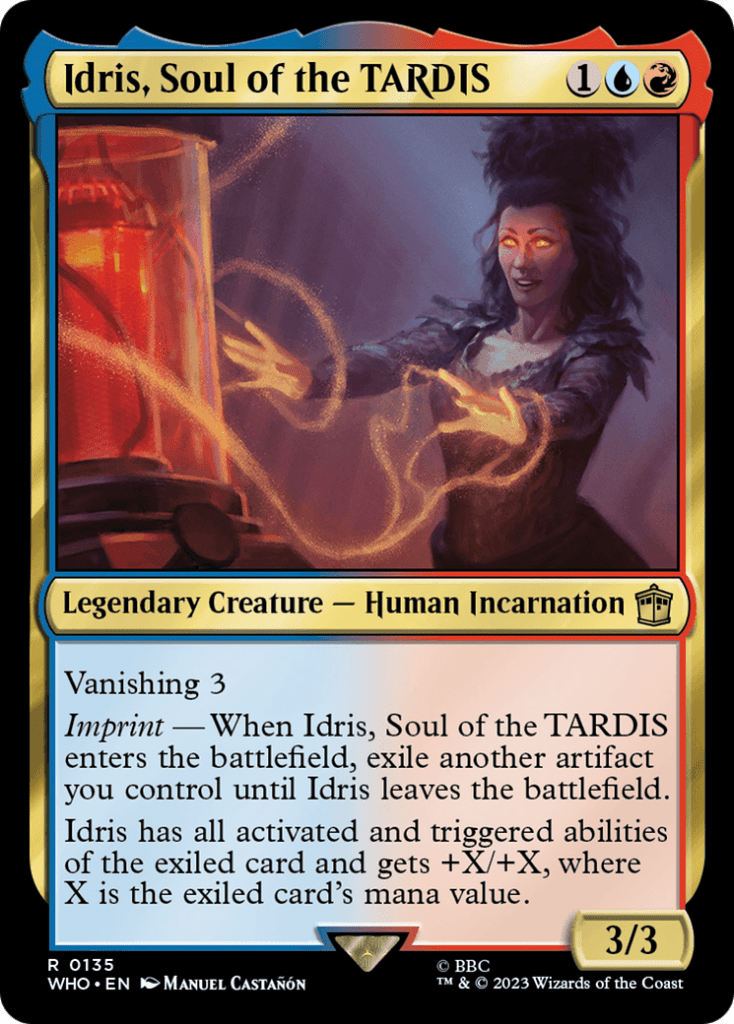


- Chrome Mox
- Clone Shell
- Death-Mask Duplicant
- Dermotaxi
- Duplicant
- Exclusion Ritual
- Extraplanar Lens
- Invader Parasite
- Isochron Scepter
- Knowledge Pool
- Mimic Vat
- Mirror Golem
- Mourner's Shield
- Myr Welder
- Panoptic Mirror
- Phyrexian Ingester
- Prototype Portal
- Semblance Anvil
- Soul Foundry
- Spellbinder
- Spellweaver Helix
- Strata Scythe
- Summoner's Egg
- Thought Prison
- Idris, Soul of the TARDIS
- River Song's Diary
- Dino DNA
Best Imprint Cards
Honorable Mentions: Soul Foundry + Prototype Portal
Four and exile a thing to get down. Hope to avoid a Vandalblast. Then you still have to pay the casting costs. But you get to do it forever until they pop these things.
That’s pretty awful, right? But true believers in the mightiest of jank keep stuffing Soul Foundry and Prototype Portal into Tawnos, Urza's Apprentice Commander decks. And now the new commander, Dynaheir, Invoker Adept, decks. That sounds pretty fun when it works every 20th time.
#7. Strata Scythe
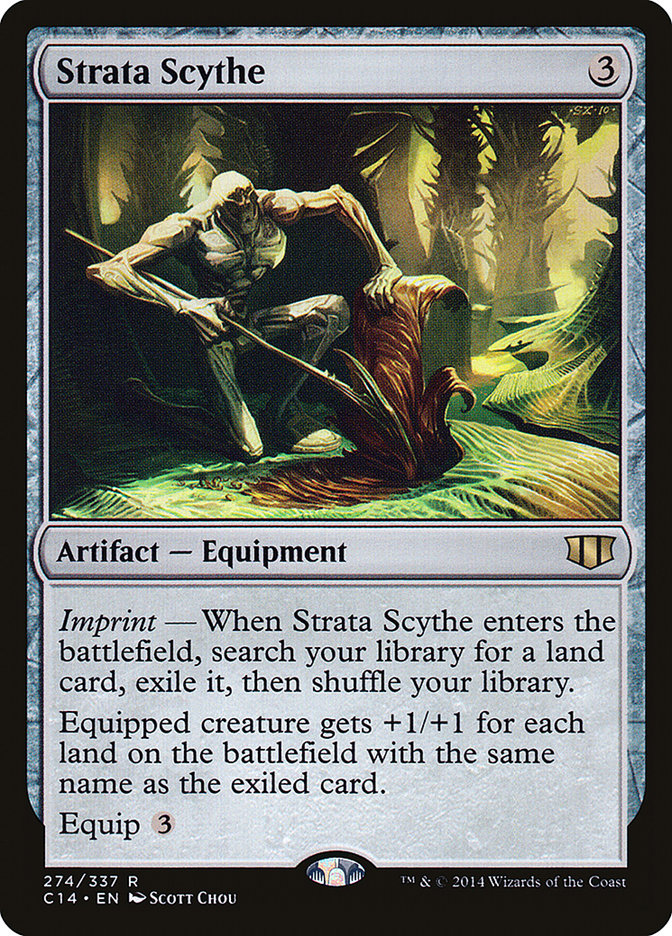
Look, I think Strata Scythe is silly. There are a lot better options for your EDH Voltron deck, but this is a reasonably common include for mono-colored Voltron commanders in particular.
But this is confession time. I have a Charix, the Raging Isle Voltron super budget EDH deck. It’s terrible. I’ve won with it before though, and it’s as awesome as it seems like it would be to win with a giant crab deck. This works decently in that deck because it really cares about basic Islands.
#6. Mimic Vat
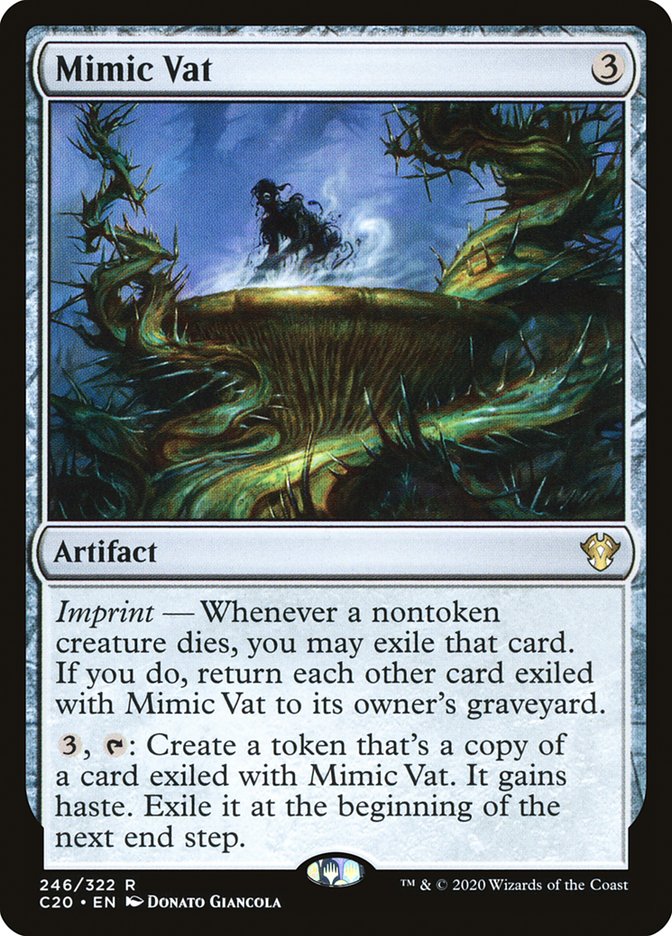
Mimic Vat seems awesome, and folks keep tinkering with doomed Modern brews, but it’s just too slow. It really shines in Commander though.
A slower game with lots of graveyard nonsense, yours or your opponents? Sounds like a janky good time that actually might work. It’s especially fun in Obeka, Brute Chronologist decks since you can end the turn before the Vat’s sac trigger happens.
#5. Isochron Scepter

Isochron Scepter is in that Mimic Vat space, except it’s a bit cheaper. Lots of spellslinger commanders like Isochron Scepter are well enough, but I’m intrigued by the possibilities of this for prowess decks in Modern.
Don’t get me wrong, this is a flat-out terrible idea. But when you look at the new Balmor, Battlemage Captain, don’t you just want to imprint your Manamorphose onto this stick?
#4. Phyrexian Ingester
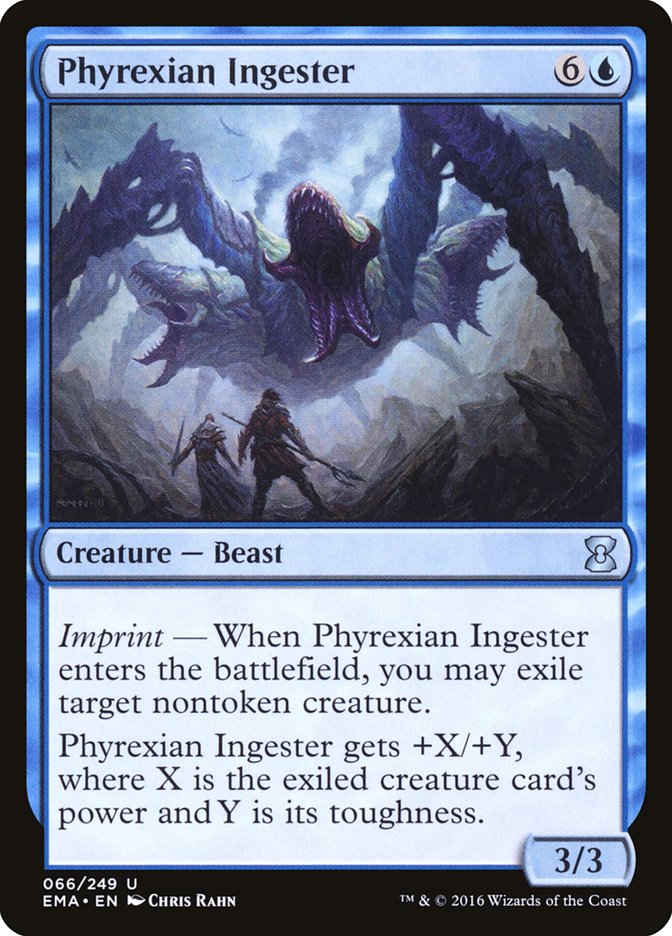
Yes, Phyrexian Ingester is kinda better than Meteor Golem in a blink deck. Do with that what you will.
#3. Duplicant
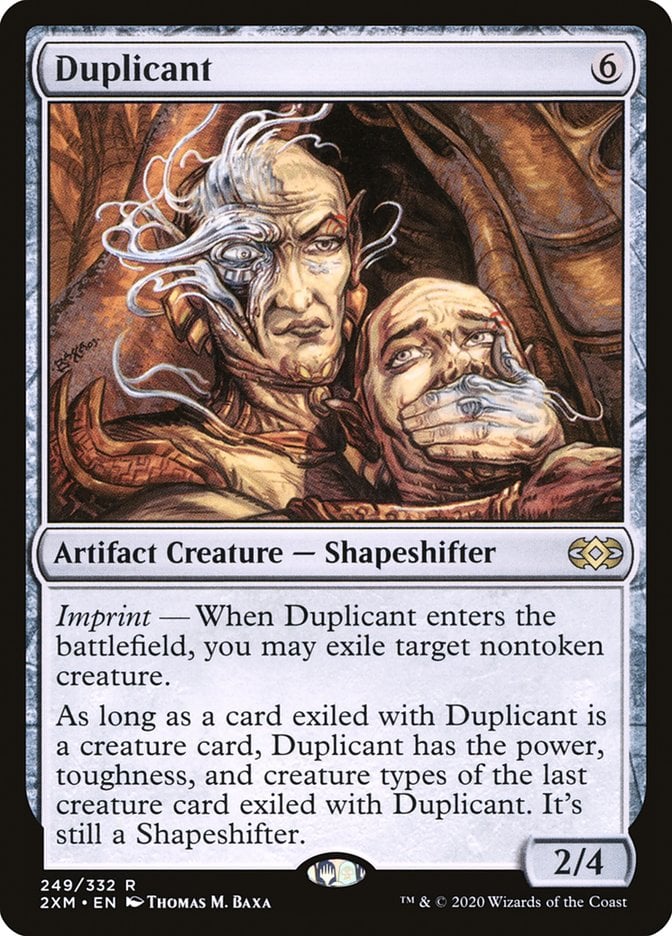
Duplicant is an expensive Banisher Priest plus Clone combo. And you really care about that if you're running a commander like Feldon of the Third Path that starts abusing a dead Duplicant.
#2. Panoptic Mirror

Panoptic Mirror is banned in Commander, which makes it seem broken. But it kinda isn’t. Sure, imprinting an extra turn spell wins, but there are easier and more annoying Izzet () ways to loop turn spells.
You can imagine plenty of other unfun things Panoptic Mirror can do, but this all seems expensive and fragile. That said, it’s a lot when this gets down and gets going.
#1. Chrome Mox

Banned in Modern, Chrome Mox is bonkers. It can’t quite keep up to the original Moxen in Vintage, and Mox Opal and Lotus Petal make for even faster starts for decks that want this kind of thing in Legacy.
But if you can afford it, this card is one of the best mana rocks in your Commander deck.
Wrap Up
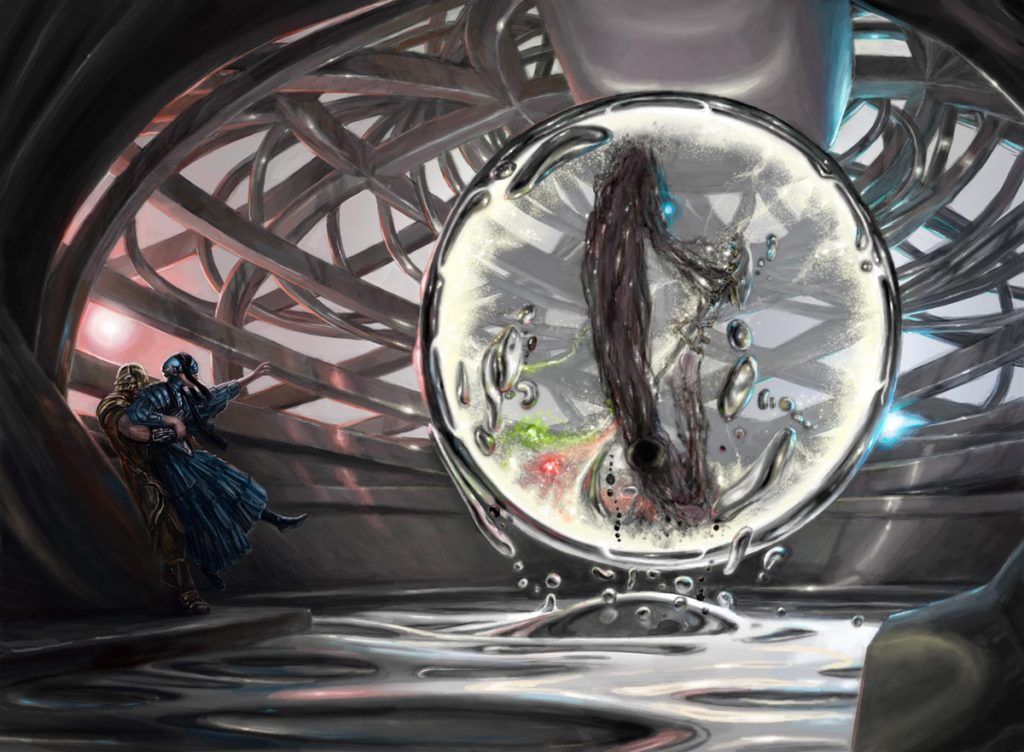
Prototype Portal | Illustration by Drew Baker
Most of these cards are overcosted and somewhere on the janky-clunky continuum. But if you’re like me, that’s the central space of your deckbuilding fun!
If I can play a weird hipster card that creates unexpected effects, great. If it wins me the game, that’s even better. If they have to ask to read the card to understand what’s happening, well, that’s just a boomer Magic player living their best life.
In all seriousness, though, as WotC prints more cards that make it easier to cast expensive artifacts ahead of curve, these kinds of cards are only going to get better. Alrund's Epiphany crushed in Kaldheim Standard because cards like Goldspan Dragon could pump it out quickly. Being able to repeat powerful effects, often for free, is really cool, so if you can get a good means of getting a sale on the sticker price, imprint cards could make an imprint on the game.
What do you think of imprint cards? Which one is your favorite? Let me know in the comments below or join the discussion in the Draftsim Discord.
Have fun, brewers!
Follow Draftsim for awesome articles and set updates:
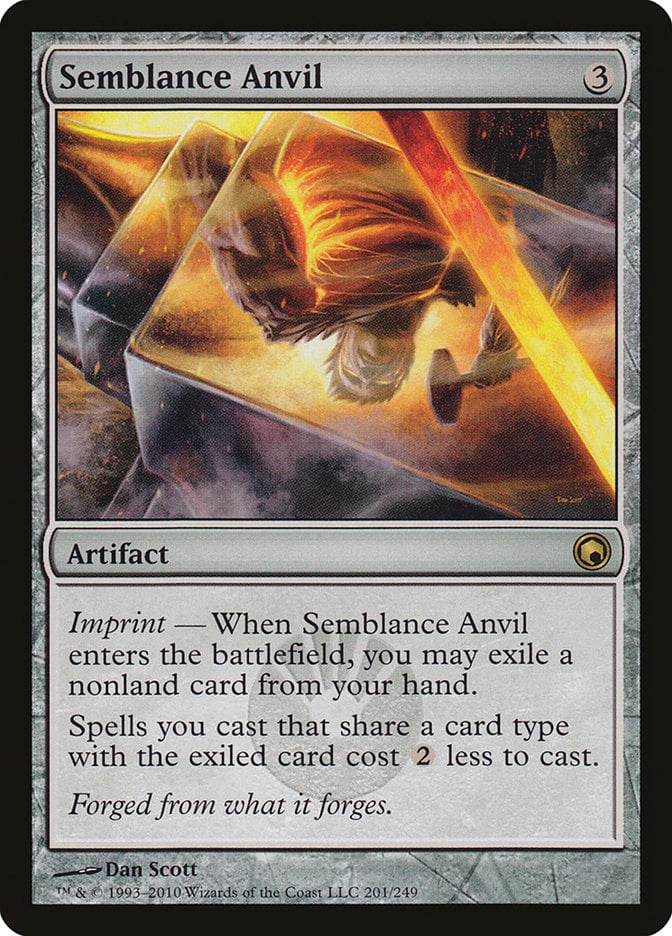
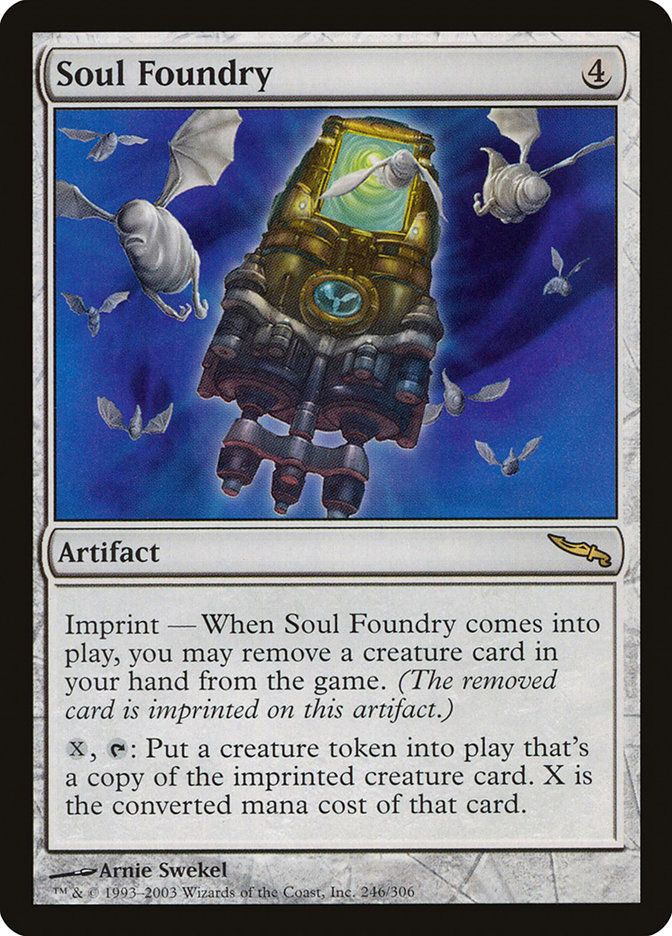
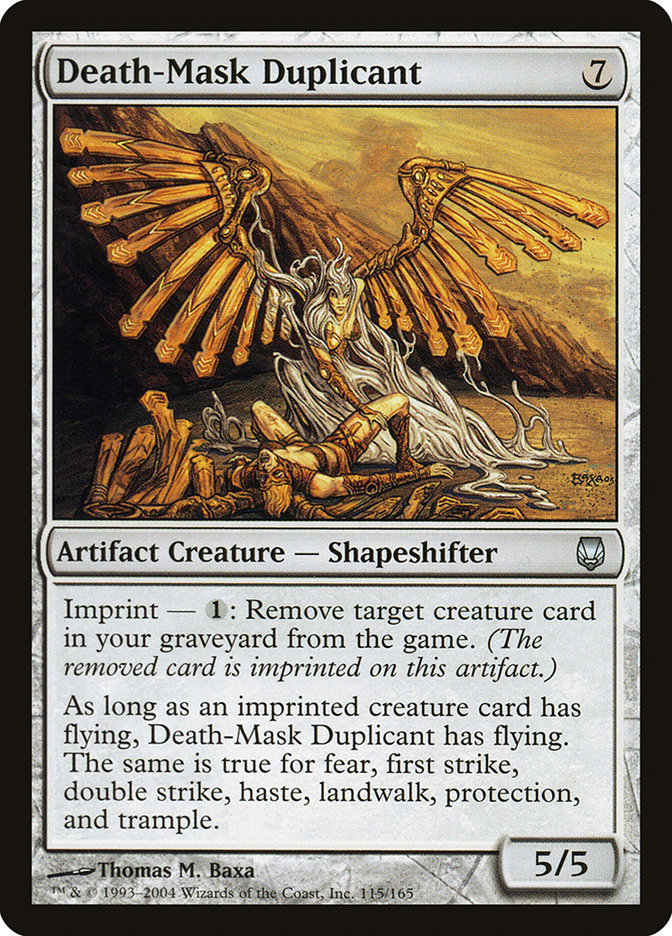
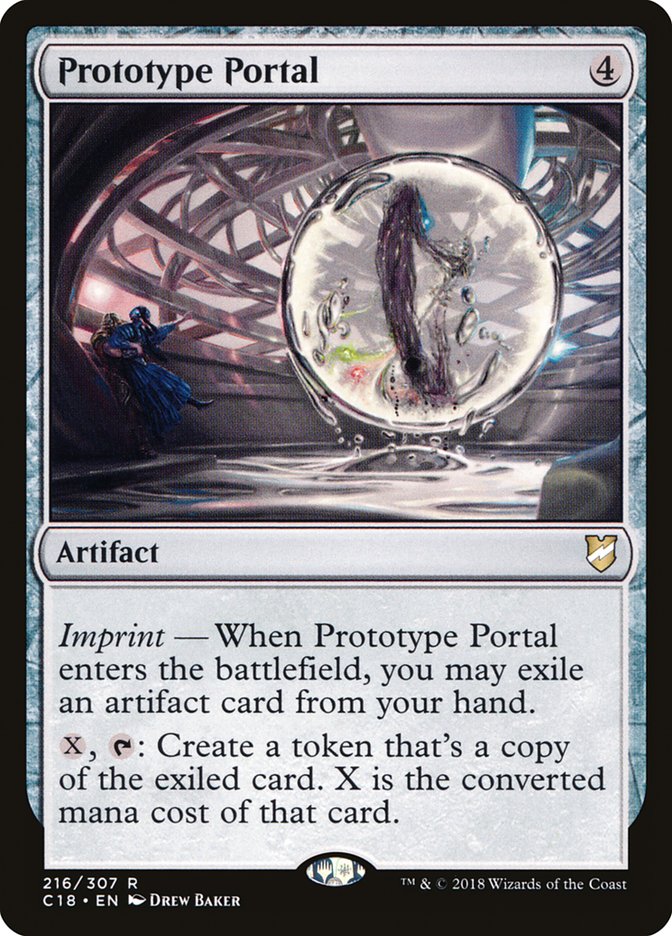
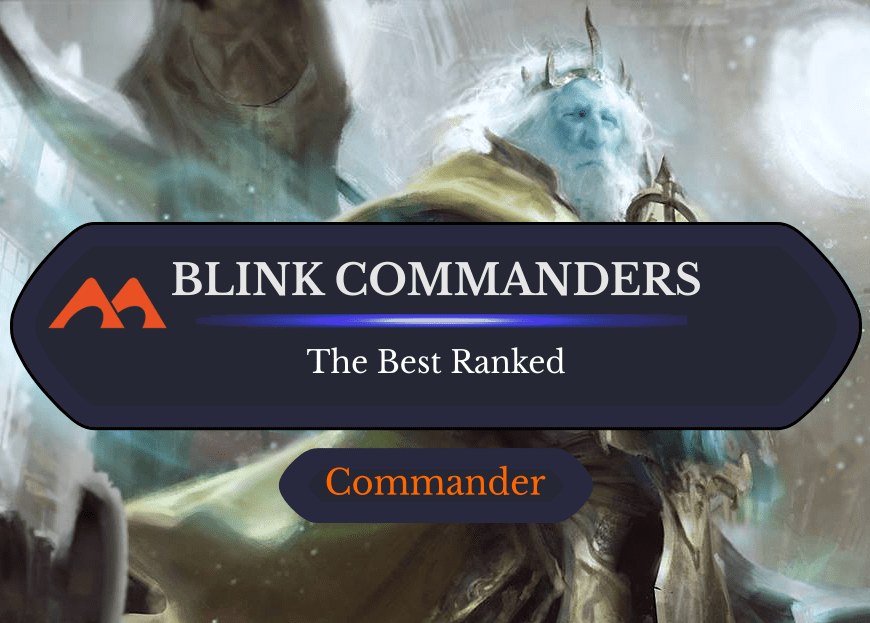
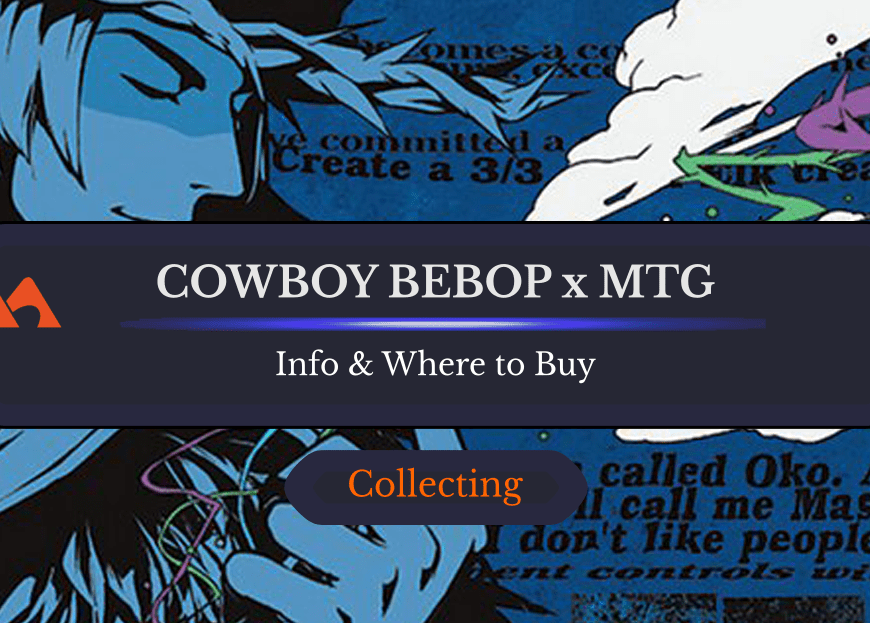
Add Comment